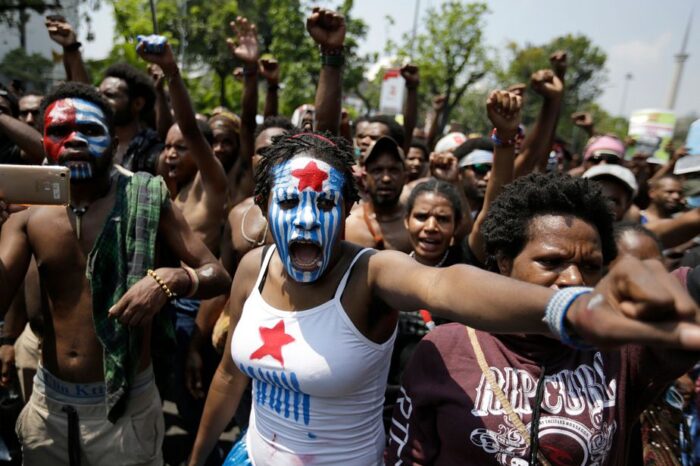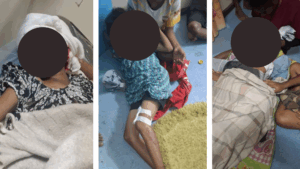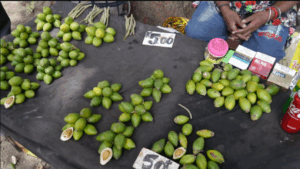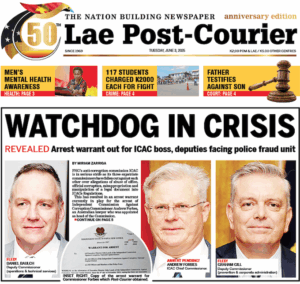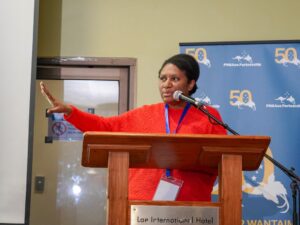Jurgen Ruh, ‘helicopter driver’ who did more than 500 medivacs out of Morobe
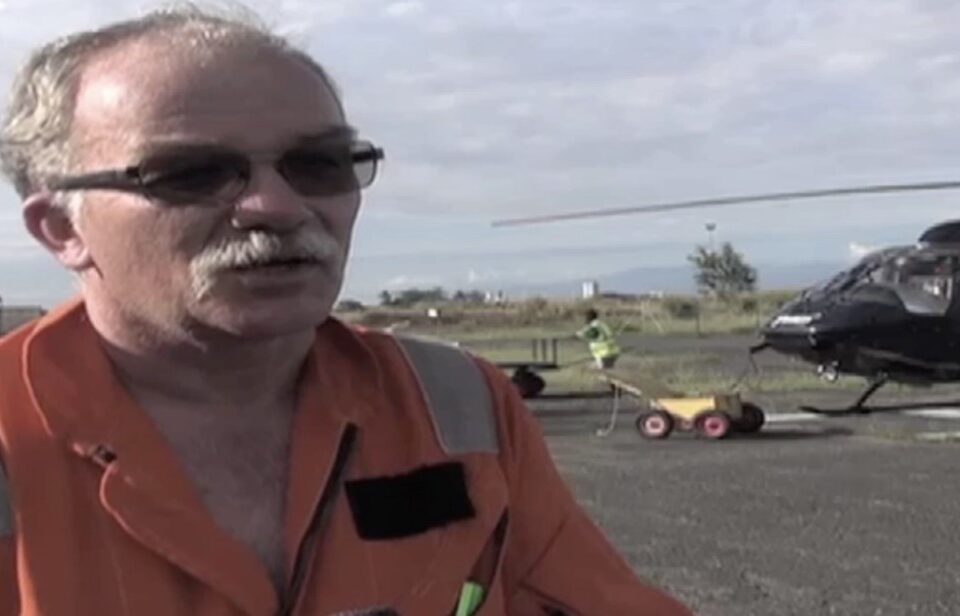
For helicopter pilot, Jurgen Ruh, each day begins very early. Jurgen is a 30 year
veteran in the Papua New Guinea aviation industry.
Over the last 10 years, Jurgen’s company, Manolos Aviation, has since become an
integral part of Morobe’s community aviation story. This is primarily because of the
work he has personally done over the decade. It’s sometimes difficult to convince
him that he played an important role in saving many lives.
“I’m just a driver of a helicopter who happens to have the resources which is helicopter
and pilots and the will to help others,” Jurgen says.
In 2017, Jurgen and his team of pilots, engineers and nurses, did more than 250
medivacs. In 2018, over 170 people were brought in for medical treatment. Most of
those flown in were women suffering from birth complications who come from places
that don’t have road access. Jurgen flies nearly all of the company’s medivacs and does
the riskiest flights. The most satisfying part of his job making sure people get to
hospital.
As the daughter of the most sought after helicopter pilot in Morobe, Alexandra Ruh,
grew up in a home where her father was usually away at work.
“Growing up, he wasn’t really there all the time. I never really knew what he was
actually doing with his life. I thought he was just flying helicopters.”
It took medivac to change all that. Jurgen invited Alexandra to fly with him when she
was in 10. The weather was bad and when they got to the location, Jurgen had to hover
to allow the nurse to get off because there was nowhere safe enough to land.
“I never really appreciated what he was doing until much later. Every day that that he
missed for me, a child had his mother and a wife had her husband. That to me is the
most beautiful give you can give anyone.
“Over time,I went for arguing with my father to laughing with my father and crying
with my father.”
Jurgen’s personal mission to save lives began in 2009 after the death of a patient he
transported to Lae. He flew a 16-year-old with a birth complication from Lablab to
Lae. But overnight, the teen died because nobody attended to her.
“After that, I said to myself, you can do better than this.”
When Jurgen first came to the country, he ran a marine salvage business. In 2004, he
decided to include an aviation arm to his marine operation. When the 2008 global
financial crisis hit the US and other large economies, demand in the maritime sector
shrunk and as the shipping industry itself against the downturn. But domestically,
helicopter businesses grew as mining companies invested in exploration.
One of the medivacs that stands out happened On Easter 2017 when the Manolos
crew received a distress call from Marawaka in the Eastern Highlands. A mother had
just given birth to triplets and the local aid post could not deal with the emergency.
“We had to do a lot of research because the location was not on the government
gazette,” Jurgen said after the rescue. “The triplets were babies four, five and six. She
had two other pregnancies and two babies died. That’s gives you an idea of how
difficult it is for mothers in rural areas.”
The triplets and their mother spent a little over two months at Angau hospital. They
were also supported by the Manolos crew during their stay. It’s something the crew do
for nearly every patient admitted to hospital. When the time came for the mothers and
babies to go back, the Manolos crew was at the center of the celebrations.
“It was an emotional time for us all,” Nurse Pendek Sitong who went on the initial
rescue recalled. “Usually we rescue one baby. This was a jackpot.”
Over three decades, his job as a helicopter pilot, has given Jurgen a unique insight
into the problems faced by people in the most remote parts of Papua New Guinea. In
many aid posts, it is difficult to treat some of the most basic illnesses. The logistical
difficulties adds to the challenges faced by the people.
Continuing the vital services into the future remains a critical priority for Jurgen Ruh.
Six years ago, he began an apprentice program for aircraft maintenance engineers.
There are now six women training to become certified engineers all of them come
from rural districts.
“I am very biased in that manner. I have a lot more women than men. But it’s a good
way to be an unequal employer.
“I thought If I should give opportunities for women to become engineers, then they
should comes from rural areas because a woman from a rural district will have the least
opportunity to get into aviation.”

